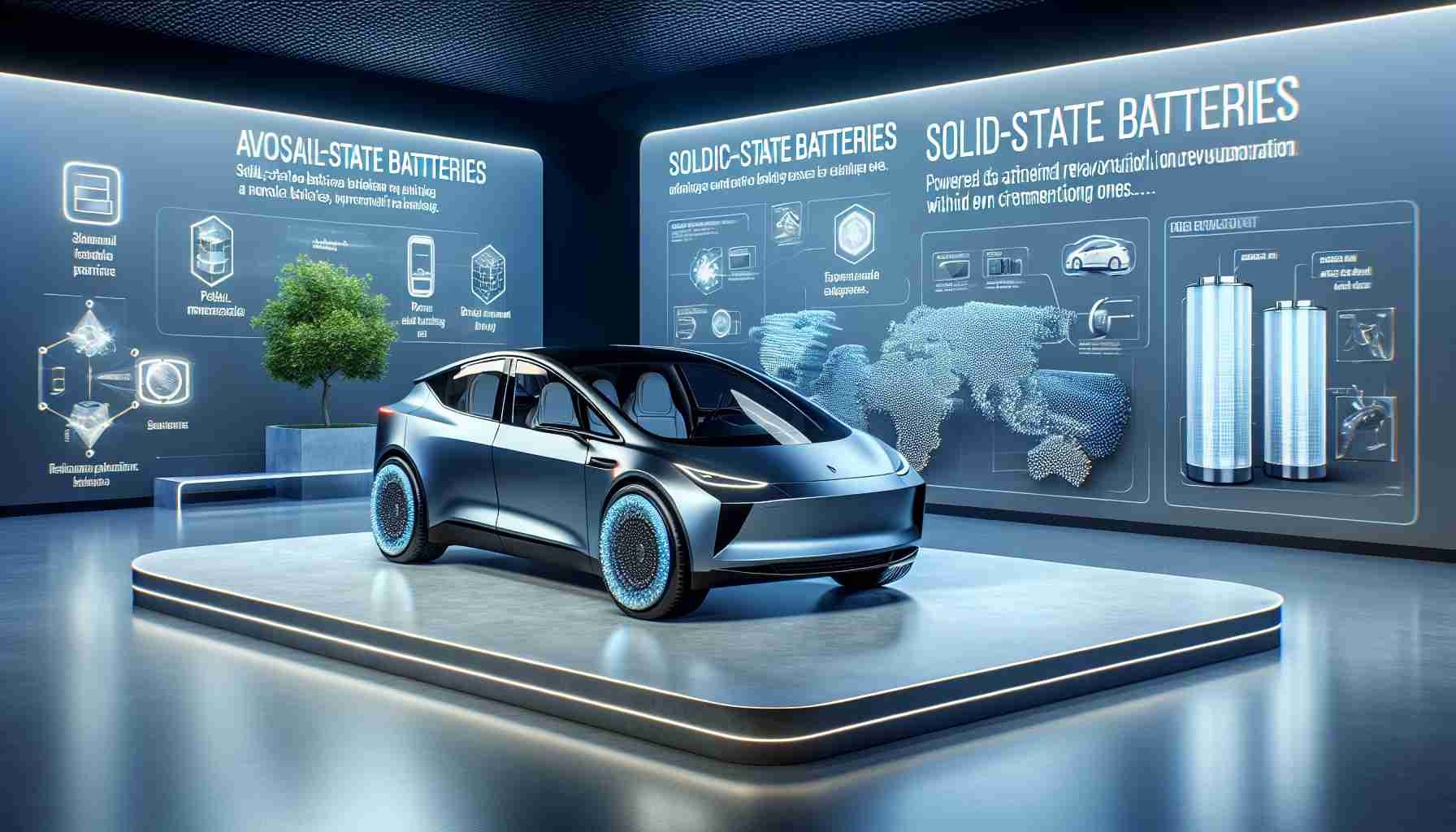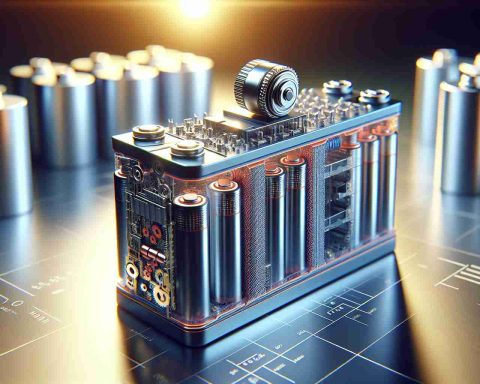- Honda is pioneering the development of solid-state batteries, aiming to enhance the electric vehicle (EV) experience.
- The company is launching a state-of-the-art demonstration production line in Sakura City, Japan, to facilitate mass production of solid-state batteries.
- Production is expected to begin in early 2025, positioning Honda as a leader in this competitive market.
- Honda’s unique roll-pressing technology improves battery efficiency by reducing air gaps and enhancing conductivity.
- Innovative solutions also tackle common battery issues, such as dendrites, improving lifecycle and reliability.
- Honda’s vision extends beyond cars, as they plan to apply solid-state technology to motorcycles, aircraft, and marine vessels.
Immerse yourself in the thrilling evolution of electric vehicles, where Honda is racing to redefine the future of transportation with groundbreaking solid-state batteries (SSBs). As the automotive world shifts towards carbon neutrality, range anxiety and slow charging have stalled many potential drivers. But Honda’s latest breakthroughs may just unlock the door to widespread EV adoption.
At the heart of Honda’s innovation lies a state-of-the-art demonstration production line nestled within its expansive research facility in Sakura City, Japan. This impressive setup not only showcases the automaker’s commitment but also marks a significant leap toward mass production—a critical milestone for SSBs. With production slated to kick off in early 2025, Honda is setting the pace in a market crowded with competitors.
Honda’s proprietary roll-pressing technique is a game-changer, compacting battery materials to eliminate air gaps and enhance electrical conductivity. Additionally, they’ve addressed the notorious “dendrite” issue with a clever polymer barrier, extending battery lifespan and reliability.
But Honda isn’t stopping at cars; their ambitious vision includes integrating solid-state technology into motorcycles, aircraft, and even marine vessels, uniting various modes of transportation under a sustainable banner.
So, as Honda strides confidently toward the future, solid-state batteries may soon become the ultimate solution for EV enthusiasts everywhere. With a relentless pursuit of innovation, Honda isn’t just following the trend; they’re leading the charge. Get ready for a revolution in electric mobility that just might change the way we travel forever!
Revving Up the Future: Honda’s Game-Changing Solid-State Batteries
The automotive industry is on the brink of a revolution, and Honda is at the forefront with its innovative solid-state batteries (SSBs). As the landscape shifts toward sustainable electric vehicles (EVs), range anxiety and slow charging times have hindered growth. However, Honda’s advancements may be the key to unlocking broader EV adoption.
Key Features of Honda’s Solid-State Batteries
1. State-of-the-Art Production: Honda has established a demonstration production line in Sakura City, Japan, which not only symbolizes its commitment but also positions the company for mass production by 2025.
2. Innovative Manufacturing Techniques: Utilizing a proprietary roll-pressing technique, Honda enhances electrical conductivity by effectively eliminating air gaps in battery materials. This method promises improved energy density and performance.
3. Dendrite Prevention: The integration of a smart polymer barrier addresses the critical dendrite growth issue, enhancing the lifespan and reliability of SSBs—a common challenge faced by traditional lithium-ion batteries.
4. Diverse Applications: Honda envisions the utilization of solid-state technology beyond vehicles, aiming to incorporate it into motorcycles, aircraft, and marine vessels, demonstrating a comprehensive approach to electrification across various transportation modes.
Pros and Cons of Solid-State Batteries
– Pros:
– Higher energy density leading to extended range.
– Faster charging capabilities.
– Enhanced safety due to reduced fire risk.
– Longer lifespan compared to conventional batteries.
– Cons:
– High manufacturing costs, which could affect vehicle pricing.
– Current technological maturity may limit widespread initial adoption.
– Production scalability remains a challenge until mass adoption is achieved.
Market Forecast for Solid-State Batteries
As companies like Honda push forward, the solid-state battery market is expected to grow significantly. Analysts predict that by 2030, the market could see a valuation exceeding $5 billion, driven by increasing EV adoption and the search for more sustainable energy storage solutions.
Frequently Asked Questions
1. What are solid-state batteries?
Solid-state batteries are a type of battery that uses a solid electrolyte instead of the liquid or gel electrolytes found in traditional lithium-ion batteries. This design improves safety, energy density, and lifespan.
2. How do Honda’s solid-state batteries compare to traditional lithium-ion batteries?
Honda’s solid-state batteries offer better energy density, faster charging times, and a longer lifespan compared to lithium-ion batteries, while also addressing safety concerns associated with flammable liquids.
3. What impact could Honda’s SSB technology have on the broader EV market?
If successful, Honda’s SSB technology could alleviate issues like range anxiety and charging times, making EVs more appealing to consumers and potentially accelerating global EV adoption.
Conclusion
Honda’s innovations in solid-state battery technology are setting the stage for a revolutionary shift in the electric vehicle market. As the company prepares for mass production and broader applications across various transportation modes, it may very well lead the charge in redefining how we think about mobility.
For more information, visit Honda’s official website.














